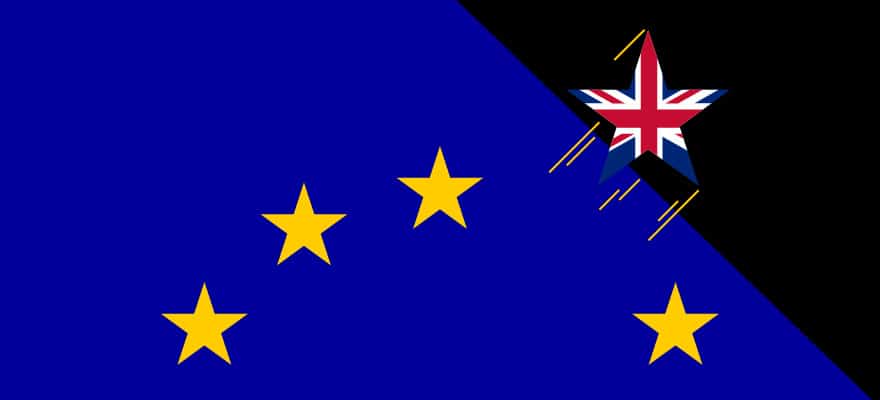This is the second part. If you want to read the first part, please click here.
Back to Reality – Which Countries Will Remain in the Zone:
When assessing which countries will leave the Euro-Zone and which will remain, I took the following three aspects into account:
Aspect 1: How beneficial can a one-time steep depreciation be for the export-sector of this country? How beneficial can this be for the entire economy of the given country?
Aspect 2: How likely is it that it becomes politically supported (or bearable) that the given country decides to leave the zone? How much effort would the core (remaining) countries exert to make this country stay?
Aspect 3:How resistant can this country remain in the case that the ‘Euro-Domino Effect’ kicks in?

Based on the above analysis I have differentiated four groups of European countries by 2025. These four groups follow different strategies. This is the ‘multi-strategy Europe’.
Group 1: CORE EURO
Definition of Group: Countries reliably remaining in the Euro-Zone
Size of Group: 9 countries with Total Nominal GDP of USD 5,800 bln (GDP data source: IMF, 2014)
Members of Group: Andorra, Austria, Finland, Germany, Ireland, Luxembourg, Monaco, Netherlands, San Marino
Characterization of Group Behavior: These are politically and economically stable countries. They are satisfied with the euro.
Group 2: LEAVE EURO
Definition of Group: These countries used to use the euro but are likely to leave the Euro-Zone
Size of Group: 14 countries with Total Nominal GDP of USD 7,700 bln (GDP data source: IMF, 2014)
Members of Group: Belgium, Cyprus, Estonia, France, Greece, Italy, Latvia, Lithuania, Malta, Portugal, Slovakia, Slovenia, Spain, Vatican City
Characterization of Group Behavior: These are economically and/or politically somewhat unstable countries. Some are dissatisfied with the euro.
Group 3: NON EURO
Definition of Group: Countries that never were and still will not be members of the Euro-Zone in 2025.
Size of Group: 24 countries with Total Nominal GDP of USD 8,200 bln (GDP data source: IMF, 2014)
Members of Group: Albania, Armenia, Azerbaijan, Belarus, Bosnia and Herzegovina, Bulgaria, Croatia, Czech Republic, Georgia, Hungary, Kazakhstan, Kosovo, Liechtenstein, Macedonia, Moldova, Montenegro, Poland, Romania, Russia, Serbia, Switzerland, Turkey, Ukraine, United Kingdom
Characterization of Group Behavior: This is a heterogeneous group consisting of 5 sub-groups: CIS, CEE, Balkan, CHF area, GBP area. CIS countries are going to stay away from the Euro-Zone due to economic underdevelopment and the political dominance of Russia. CEE countries are going to stay away due to partially satisfactory economic development and partial political instability. Balkan countries are going to stay away due to significant political and economic instability. Switzerland and Liechtenstein are perfectly satisfied with CHF as their current currency. The UK has proven since 2008 how a first class independent monetary policy can shape the success of an economy.
Group 4: NEW EURO
Definition of Group: Countries that are currently outside the zone, but by 2025 are likely to be inside
Size of Group: 4 countries with Total Nominal GDP of USD 1,500 bln (GDP data source: IMF, 2014)
Members of Group: Denmark, Iceland, Norway, Sweden
Characterization of Group Behavior: This is a bold bet. But these countries have already experienced unwanted appreciation of their currency. For them the ‘wait for Group 2 to leave and then join’ strategy seems to make sense. These are relatively small economies, well integrated with the Euro-Zone, they are both economically and politically stable and mature enough to join Group 1. Unlike the CHF and the GBP, their legal tenders are not typical reserve currencies so they don’t have a prestigious and strategic position to lose.
How Do Markets Price the Future of the Euro-Zone?
This is an extensive and exhaustive question that has multiple complex aspects. I’m absolutely open to any observation on this because I myself only see certain aspects of this issue.
What I see is that EUR-denominated government debt is significantly mispriced. I have a very difficult time imagining why UK bonds carry over twice the Yield of French bonds or why Singapore is priced as more risky than Portugal. It is equally hard for me to see why US 10-Year bonds pay nearly 1.5 times what Spanish ones do.
For me – as a person who thinks that Europe will unfortunately be unable to overcome the political hurdles necessary to keep the Euro-Zone intact – the only way the pricing of EUR-denominated bonds makes sense is to assume that markets think that the euro will appreciate.
And when I ask myself how and why a currency that is currently undergoing significant QE can be priced to appreciate, I always end up at what I referred to earlier in this article as ‘The highly counter-intuitive strengthening of the euro’… so essentially what the market is pricing is a core Euro-Zone with the ECB remaining the guarantor of the EUR-denominated liabilities of ex-members.
Disclaimer: It is very hard to look 10 years ahead. My personal wish is that the Euro-Zone stays intact or even grows bigger in the next 10 years. But I don’t see the political/economic circumstances supporting this wish of mine. These circumstances can change and the above described scenario may not come to pass.
















